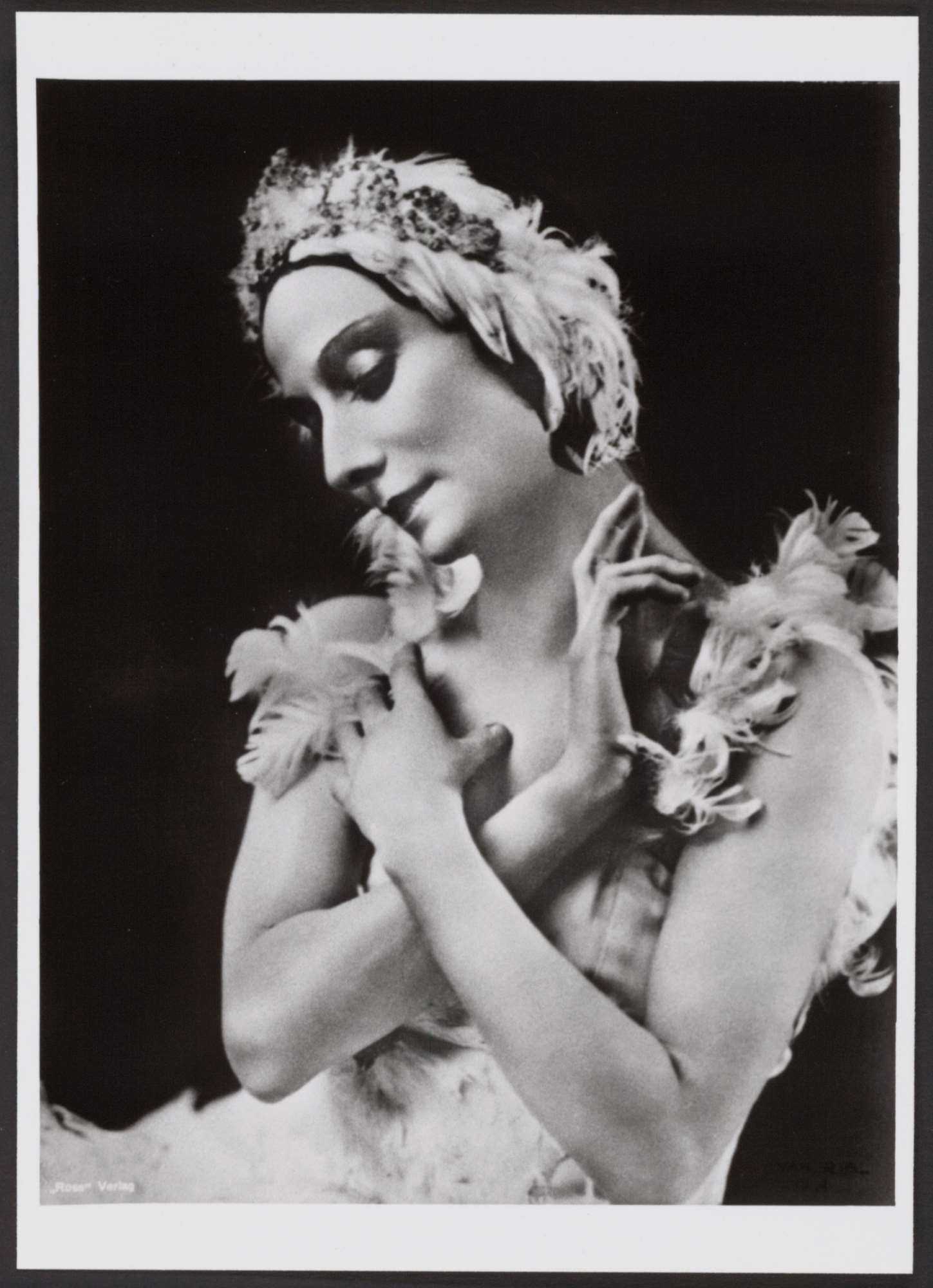people » Anna Pavlova
Anna Pavlova (1881-1931). Russian ballerina and company director
Anna Pavlova is one of the few names in ballet whose fame was worldwide and enduring. Apart from her unrivalled quality as a dancer, in her later years she did more than any of her contemporaries to bring ballet to audiences all over the world, often to audiences with no previous experience of the artform.
Born in St Petersburg in 1881, Pavlova entered the Imperial Ballet School in 1891 after being inspired by a performance of The Sleeping Beauty at the Maryinsky Theatre in 1890. Her teachers included Pavel Gerdt, Christian Johansson and, later, Enrico Cecchetti. In 1897 she first danced on the Maryinsky stage, and graduated in 1899 in False Dryads, a ballet arranged by Gerdt. She danced Giselle in 1903, Princess Aurora in 1908 and Nikiya (from Marius Petipa’s La Bayadère) in 1909. She was accorded ballerina status in 1906, the year when she also danced in Moscow and began a famous and long-lasting partnership with Mikhail Mordkin. In 1907, she created Armida in Mikhail Fokine’s Le Pavillon d’Armide, and in the same year he created on her Pavlova’s famous Dying Swan solo, with which she became indissolubly linked. In all she danced 18 major roles on the Maryinsky stage on which she also appeared with Vaslav Nijinksy in Les Sylphides.
Pavlova began touring abroad in 1908, partnered first by Adolph Bolm and then by Nicholas Legat. In 1909 she was Serge Diaghilev’s first ballerina for his Ballets Russes in Paris. She made her debuts in London and New York in 1910, and in 1912 she bought Ivy House in London, which became her permanent home.
The ballerina made her final Russian appearance in June 1914. She then formed her own company, consisting mainly of British dancers. She was sympathetic to the work of Fokine and had danced in several of Diaghilev’s early seasons, but after leaving Russia she preferred the autonomy of her own company, using her own repertoire and conforming to her tastes. For some this could seem mediocre and unexciting, but Pavlova had triumphant success all over the world, and she inspired many people with a love and enthusiasm for ballet, including notably the young Frederick Ashton, when she came to perform in Lima, Peru, where he was living as a schoolboy.
Anna Pavlova married Victor Dandré in 1914, who outlived her. She died in Holland in 1931.

